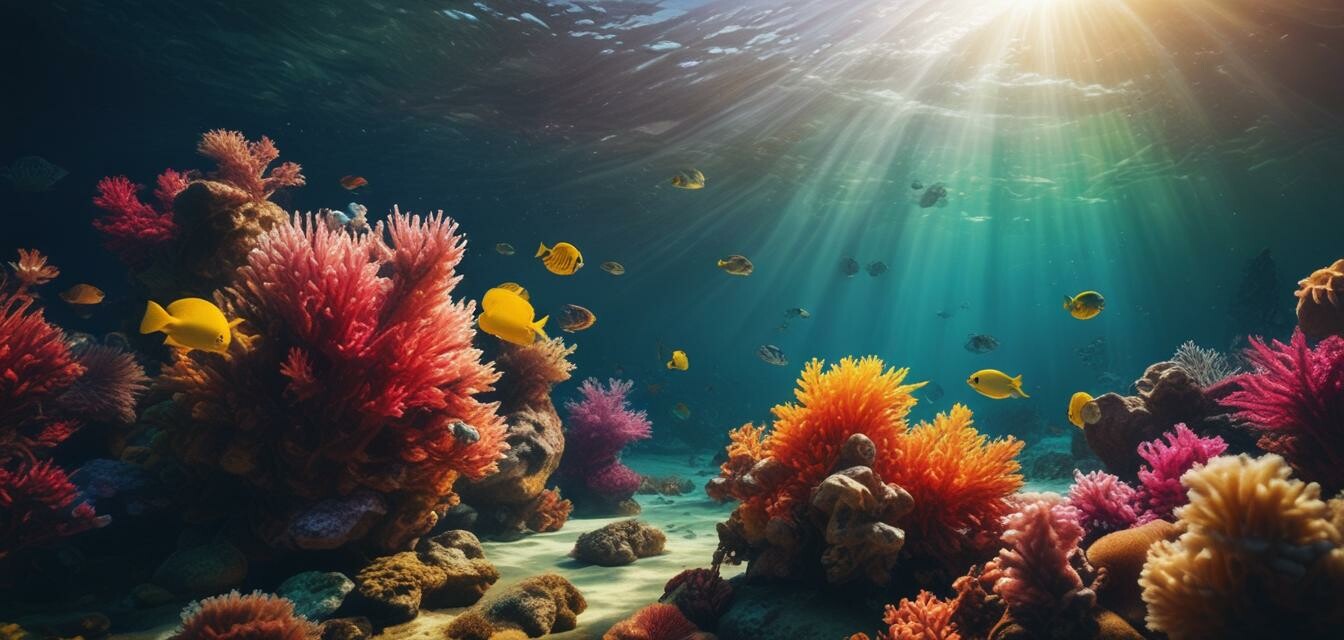
Understanding Underwater Photography Settings for Beginners
Key Takeaways
- Learn about essential camera settings for underwater photography.
- Master the importance of white balance and exposure adjustments.
- Explore tips for better focus and using flash effectively.
- Understand the impact of water conditions on photography settings.
- Optimize your underwater experience with the right equipment.
Embarking on your underwater photography journey can be thrilling yet overwhelming, especially with the myriad of camera settings that can impact your results. This guide is designed to equip you with essential knowledge about camera settings that will help you capture stunning underwater images without feeling lost. Whether you are diving into the depths of an ocean or exploring a serene lake, understanding these settings will enhance your underwater photography experience.
Essential Camera Settings for Underwater Photography
When it comes to underwater photography, specific settings play a crucial role in optimizing your images. Here, we will discuss the key settings—aperture, shutter speed, ISO, white balance, and focus—that every beginner should understand.
| Camera Setting | Function | Recommended Value |
|---|---|---|
| Aperture | Controls the amount of light hitting the sensor | f/8 - f/11 |
| Shutter Speed | Determines how long the sensor is exposed to light | 1/60 to 1/125 seconds |
| ISO | Affects the sensor's sensitivity to light | 100 - 400 |
| White Balance | Adjusts the color temperature for accurate colors | Manual Settings or Auto Mode |
| Focus Mode | Controls how your camera autofocuses | Autofocus or Manual |
Understanding White Balance
Underwater lighting can be tricky, causing colors to appear different than they would above water. The deeper you go, the more reds and oranges are absorbed by the water. To combat this, setting the correct white balance is vital.
Tips for White Balance
- Experiment with custom white balance settings at various depths.
- Use a grey card to help set a consistent white balance.
- Consider using underwater filters to enhance color capture.
Exposure: Getting the Right Balance
Exposure is influenced by aperture, shutter speed, and ISO. Each setting plays a vital role in ensuring your images aren't too bright or too dark.
Adjusting Exposure
- Increase ISO for low-light conditions but be wary of noise.
- Use a slower shutter speed for capturing movement.
- Adjust aperture to create desired depth of field.
Focus Techniques for Underwater Photography
Achieving sharp focus underwater can be challenging due to water movement and visibility issues. Here are some techniques to enhance your focusing skills:
Focus Strategies
- Use manual focus whenever possible to prevent hunting.
- Pre-focus on a specific area before swimming into the shot.
- Be mindful of water currents that may affect stability.
The Role of Lighting in Underwater Photography
Good lighting is critical for vibrant underwater photos. Natural and artificial light each have their uses.
Using Natural and Artificial Light
- Utilize natural light close to the surface, preferably during midday.
- For deeper shots, consider using underwater flash or strobes.
Equipment Considerations
Choosing the right underwater photography gear will greatly influence your photos. Here are some essential items to consider:
| Gear Item | Purpose | Considerations |
|---|---|---|
| Underwater Housing | Protects your camera from water damage | Ensure a tight seal and proper fit for your camera model. |
| Lenses | Enhance image quality and achieve different perspectives | Consider wide-angle for capturing more of the scene. |
| Flash/Strobe | Improves lighting for deeper shots | Sync flash with your camera for optimal performance. |
| Stabilization Gear | Provides steadiness for sharper images | Consider floats or grips to avoid camera shake. |
Preparing for Your Underwater Adventure
Before diving in, make sure you’ve prepared your gear and yourself. Here are some final tips:
Tips for Preparation
- Always check your equipment prior to diving.
- Familiarize yourself with your camera settings above water.
- Practice your breathing techniques to minimize movement.
Conclusion
Understanding underwater photography settings is crucial for any beginner looking to make the most of their underwater adventures. By mastering these essential settings and applying the tips provided, you can unlock the potential of your underwater photography and capture extraordinary moments below the surface.
Further Reading
For more tips and suggestions, check our other resources on buying guides, or improve your skills with our tips and techniques section!

